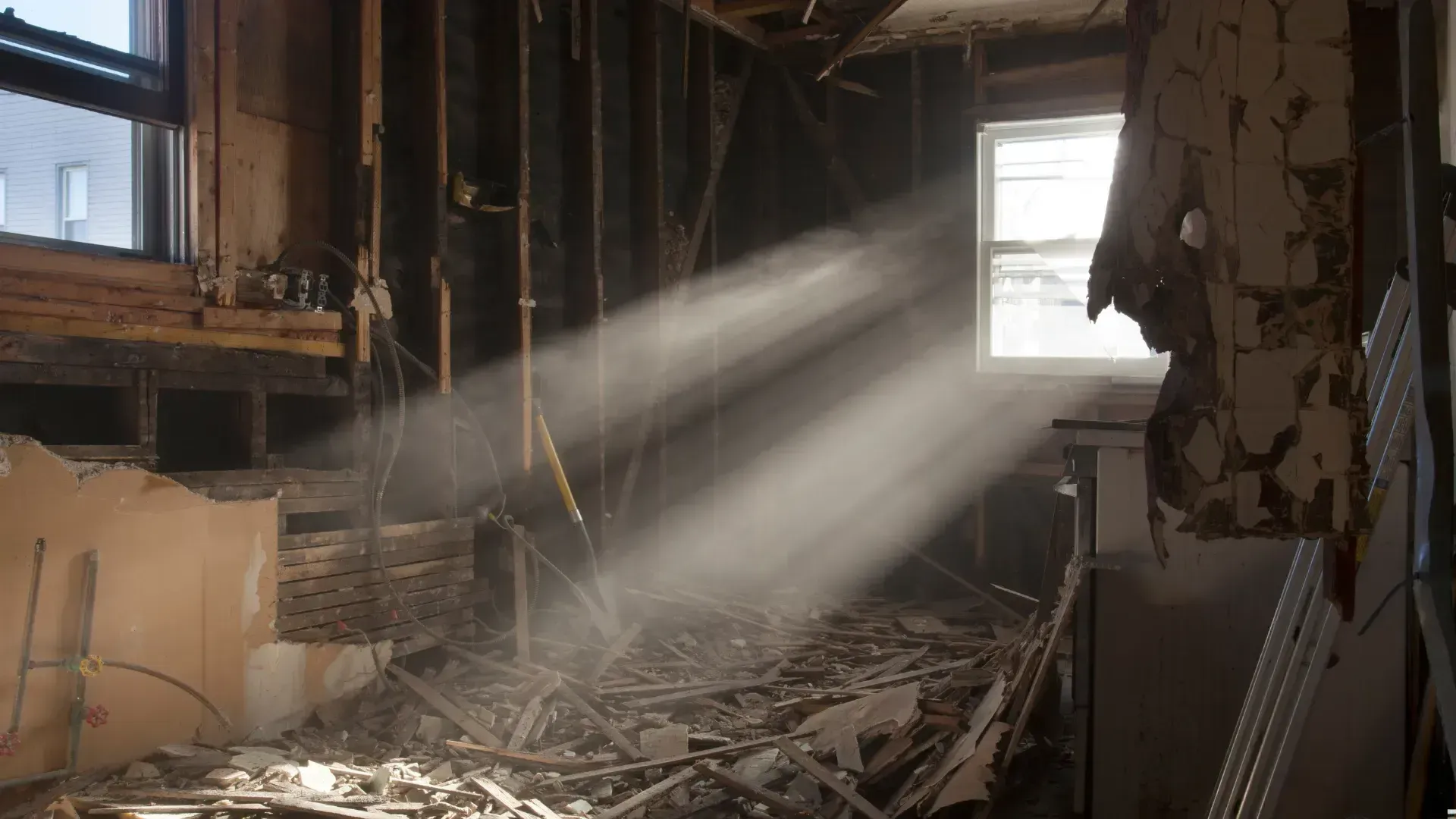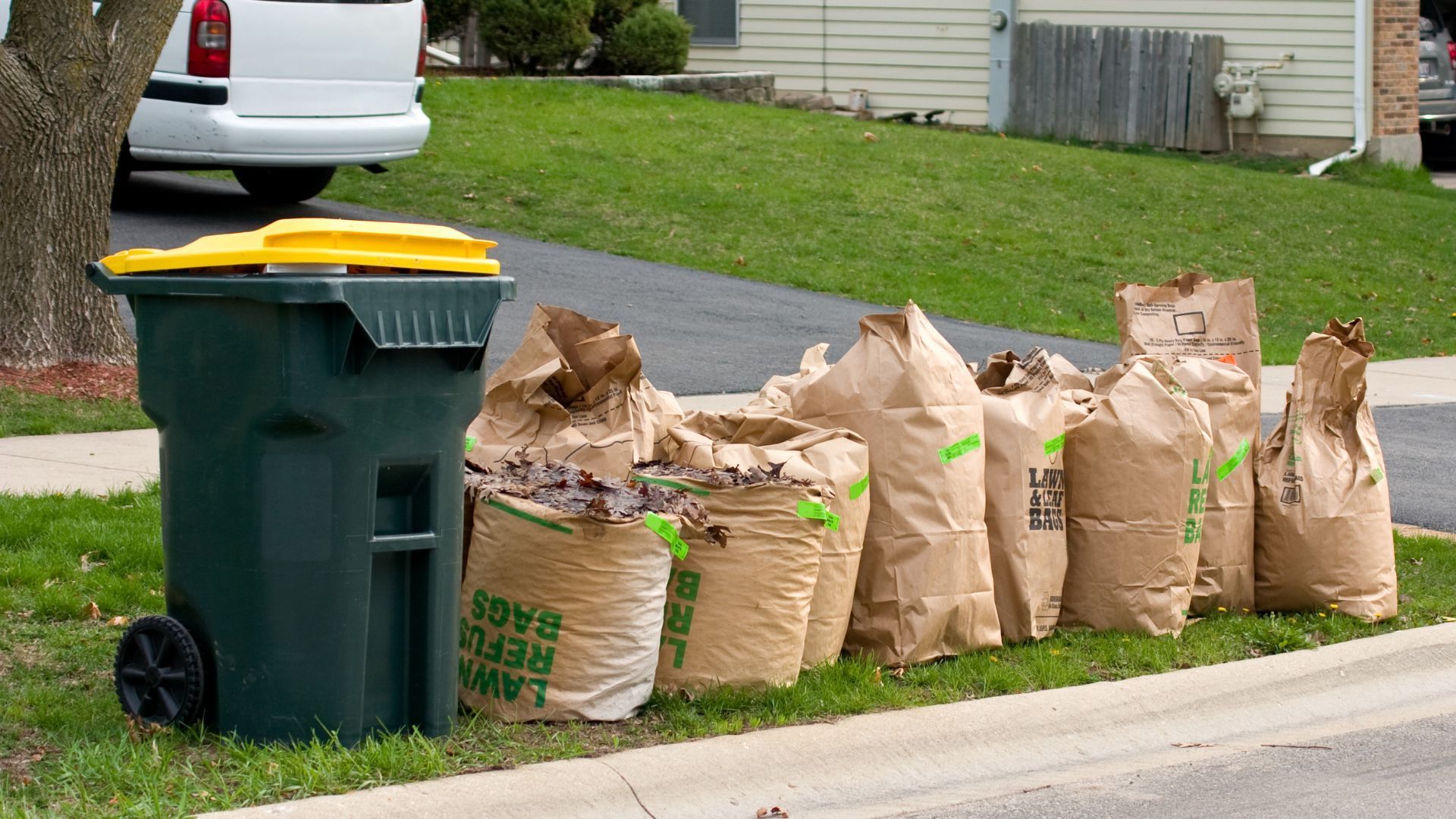The Best Techniques for Kitchen Demolition Augusta
Although junk removal Augusta might be the final step in your renovation journey, it often starts with a calculated, strategic kitchen demolition Augusta. Demolition is more than just sledgehammers and dust—it’s the beginning of transformation, a phase where precision meets destruction. Before new countertops sparkle and appliances hum, the old must make way, and that requires skill, timing, and understanding local codes.
Augusta’s residential and commercial remodelers know that effective demolition sets the tone for the entire build. Knowing the best techniques ensures safety, saves time, and curbs costs. This guide dives deep into the methods that make kitchen demolition Augusta projects successful, from selective removal to waste hauling. Whether you're gutting a gourmet space or clearing a compact kitchenette, the tools and tactics you choose can make or break your renovation timeline.
Selective Demolition: The Surgical Approach
Kitchen demolition Augusta doesn’t always mean ripping everything down to studs. Selective demolition allows you to preserve cabinets, plumbing lines, or structural elements while removing only what’s outdated or damaged. Contractors may use pry bars, reciprocating saws, or even oscillating tools to dismantle carefully. This approach is perfect for partial remodels where some assets still hold value. Keeping what works reduces unnecessary expenses and supports sustainable renovation.
You’ll often find hidden challenges behind drywall or beneath tile, and selective demolition helps navigate these surprises without causing additional issues. Planning is vital—mark what stays and what goes, label utilities, and use drop cloths to contain debris. Clean demolition paves the way for smoother construction phases, and minimizing damage to reusable materials supports recycling and resale efforts. Mastering selective removal is less about brute force and more about knowing what’s behind each surface before swinging a hammer.
Utility Disconnection: Safety Before Swinging
A successful kitchen demolition Augusta always begins with ensuring utilities are properly disconnected. Gas lines, water supply, and electrical wiring must be turned off and removed or capped by certified professionals. Overlooking this step risks catastrophic hazards, including flooding, fire, or even explosion. Before touching any appliance or cabinet, identify the main shut-off valves and circuit breakers. If you're unsure, consult a licensed technician to verify it’s safe to proceed.
Appliances like dishwashers and ovens often have hidden hardwiring or plumbing connections that need professional detachment. Gas stoves especially require caution, as residual pressure may still exist in the line. Once disconnected, utilities should be clearly labeled or covered to avoid reconnection during the demolition phase. Kitchen demolition isn’t just noisy and dusty—it’s potentially dangerous without careful preparation. Prioritize safety so that every swing of the crowbar is confident, not careless.

Cabinet and Countertop Removal: A Delicate Dance
In kitchen demolition Augusta, taking out cabinets and countertops is a meticulous task that demands balance between force and finesse. For upper cabinets, start from the top, removing doors, shelving, and hardware before detaching the entire unit from wall studs. Countertops may be screwed into base cabinets or sealed with adhesive. Using a pry bar or utility knife around the edges prevents splintering during removal.
Stone or solid-surface countertops require an extra set of hands—and maybe even suction lifters—to prevent injury and surface cracks. Disposal logistics matter too. Large cabinetry pieces and heavy countertops shouldn’t just be tossed out the back door. They must be staged, sorted, and scheduled for pick-up or recycling. If you plan to reuse or donate anything, label and store items safely. The goal is clear extraction without wreckage—preserving resale value while paving way for the new.
Appliance Extraction: Handling with Care
Kitchen demolition Augusta doesn’t stop at tearing down cabinets—appliances often pose the greatest challenge. From bulky refrigerators to gas stoves and dishwashers hardwired into walls, removing appliances involves coordination and caution. Disconnecting power is only the first step. Water supply lines for refrigerators or dishwashers must be capped and drained to avoid flooding. Gas appliances demand licensed technicians to disconnect safely.
Modern built-in microwaves and ovens may be bolted into surrounding cabinetry or supported from beneath, so rushing their removal can result in damaged finishes or injury. Always measure doorways and paths to ensure appliances can be removed without scuffing floors or walls. Use dollies, moving straps, or sliders to prevent back strain. Once removed, don’t just drag appliances to the curb. Sort them for metal recycling or call a junk removal Augusta expert who knows how to handle bulk appliance disposal sustainably. Demolition doesn't end with destruction—it continues with smart removal.
Flooring Removal: Breaking Ground with Strategy
Flooring is one of the most grueling aspects of kitchen demolition Augusta, especially when layers of vinyl, tile, or laminate have accumulated over time. To avoid unnecessary back-breaking labor, identify the base layer and work in reverse. Tile floors require scoring and chipping, often using electric chisels or hammer drills. Wood or laminate needs a crowbar and floor scraper—cutting into manageable sections saves effort.
Adhesive layers, particularly mastic or glue, often need chemical softeners or heat guns before scraping. Remove baseboards first to prevent damage. Protect your respiratory system—old adhesives or vinyl may release harmful particles, so a respirator mask and goggles are non-negotiable. While it might be tempting to go full throttle, strategic floor removal reduces damage to subflooring, which you’ll likely reuse. Clean as you go to avoid dangerous buildup. A clear workspace is a safe workspace, and a smooth subfloor is critical for your remodel’s next step.
Wall and Backsplash Demolition: Strip It Right
Walls and backsplashes in kitchen demolition Augusta can be trickier than expected. Behind the tile lies grout, adhesive, maybe even mesh or backer board. Behind that, drywall or cement board that may harbor electrical or plumbing lines. Start by scoring grout lines and prying tiles with a flat chisel. If they shatter, wear gloves and eye protection. For full wall removal, use a stud finder to locate safe cuts between joists and avoid wiring.
Backsplashes glued to drywall often destroy the wall surface during removal—be prepared to patch or replace entire sheets. Fiberglass mesh tape or thinset might resist your efforts, but a multi-tool with a scraper blade helps. Once you’re into the wall structure, assess for moisture or mold damage—now’s your only chance to fix it before rebuilding. Demo reveals hidden truths, so move carefully and learn from what you uncover. Don’t just strip it—study it.
Ceiling Fixture and Vent Hood Removal
Part of kitchen demolition Augusta includes what’s hanging above: ceiling fixtures, recessed lights, and vent hoods. These components are usually hardwired and mounted with anchors, making them a combination of electrical work and structural disassembly. Turn off the breaker before touching wires. Label and photograph the wiring connections to aid future reinstallation. Remove light bulbs and decorative covers first to avoid breakage, then unscrew mounting brackets. Vent hoods, especially ducted models, may be attached to exterior vents and studs.
Support the weight during detachment to avoid crashes or wall damage. Disconnect ducting carefully and seal the vent temporarily to prevent debris from entering. Don’t rush—dangling fixtures can fall and cause injury. Once removed, inspect the ceiling for moisture or soot stains that could signal deeper ventilation issues. These upper-level removals complete the space-clearing and prepare the kitchen for major changes. A ceiling may seem like the last place to focus, but it often hides the first signs of wear.
Dust and Debris Control: Keeping It Contained
A messy kitchen demolition in Augusta isn't just inconvenient—it can cause long-term air quality issues and safety concerns. Control dust and debris from the start by sealing off the kitchen with plastic sheeting and painter’s tape. Close HVAC vents and use air scrubbers or fans with HEPA filters to redirect particulates. Lay down protective floor coverings to prevent tracking dust into other rooms.
Demolition tools like reciprocating saws and grinders release clouds of debris, so keep a shop vacuum running nearby to catch the fallout in real-time. Bag debris as you go using heavy-duty contractor bags or bins. Label them based on material type—wood, metal, tile—to simplify disposal or recycling later. Clean-up isn’t a post-demo chore; it’s an ongoing part of the process. Minimizing mess makes the job safer, smoother, and faster. Plus, a tidy demo site reassures homeowners and clients alike that the project is in capable hands.
Waste Removal and Recycling Strategies
One overlooked but vital part of kitchen demolition Augusta is what happens after the last tile falls. Efficient waste removal and recycling protect the environment and reduce project costs. Segregate materials—metal, wood, drywall, concrete—to streamline pickup and reduce landfill fees. Schedule a junk removal Augusta service that understands local ordinances and recycling facilities. Container rentals sized for kitchen demolition waste make hauling easy and legal.
Consider donating usable items like fixtures or cabinets to local reuse centers. Appliance recycling not only earns scrap value but keeps toxic metals out of landfills. Load bins evenly and don’t exceed weight limits. Documenting waste streams may also help with LEED certifications or local permits. Smart disposal completes the demolition cycle and reflects professional-level planning. Demolition isn't done when the walls are bare—it’s finished when the site is clean, clear, and ready for what’s next.
Conclusion
Every successful kitchen upgrade begins with smart, efficient demolition—and nobody understands that better than Hinkins Disposal LLC. From utility disconnection to responsible waste removal, the techniques outlined above ensure your kitchen demolition Augusta is safe, seamless, and thoroughly executed.
Located at 246 Robert C Daniel Jr Pkwy #1441, Augusta, GA 30909, United States, Hinkins Disposal LLC delivers expert junk hauling, appliance pickup, and cleanout services tailored for residential and commercial clients. For booking or inquiries, call +1 706-885-4032 or email Hinkinsdisposal@gmail.com. Demolition is more than destruction—it’s the first step in transformation. Let the professionals handle the debris while you focus on building something better.




